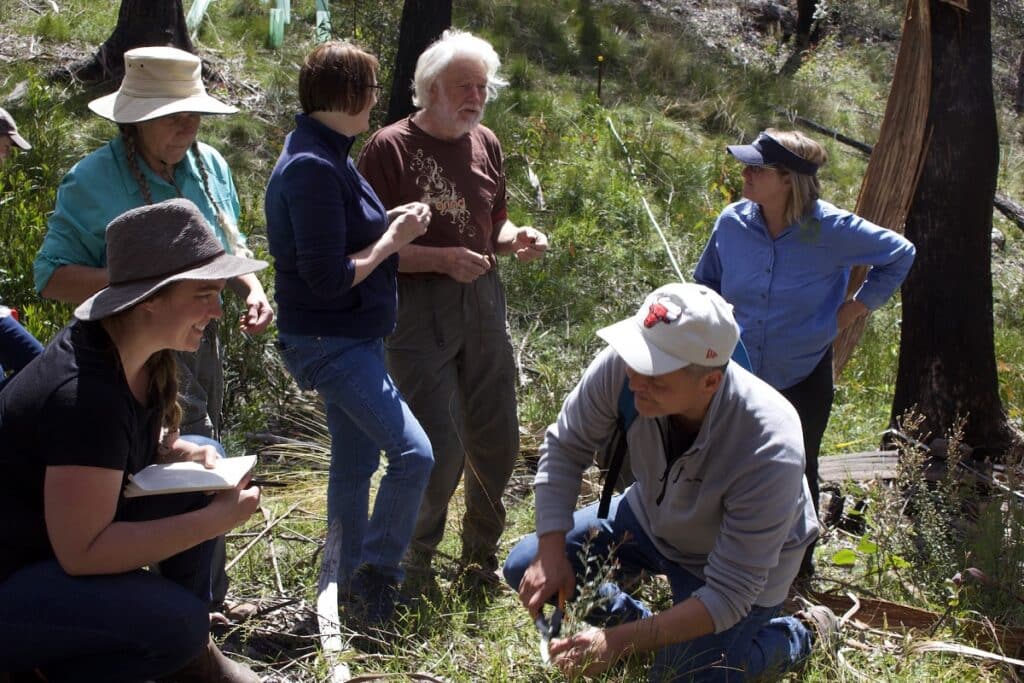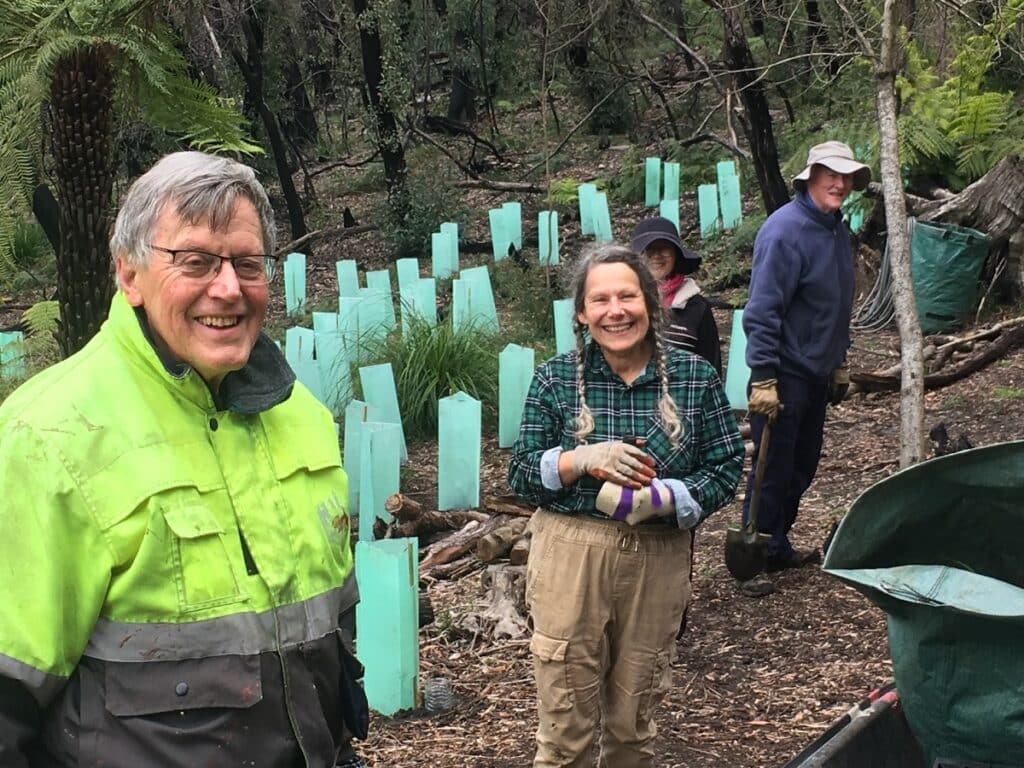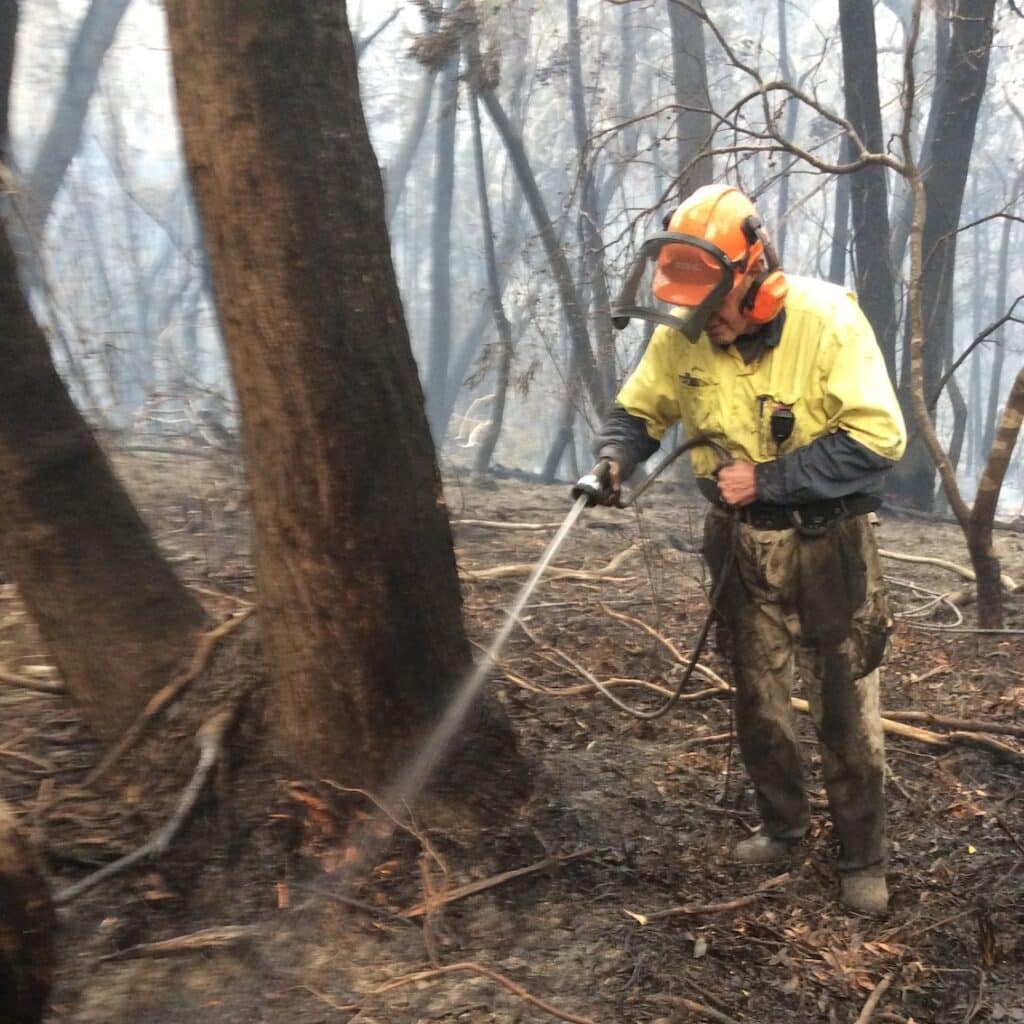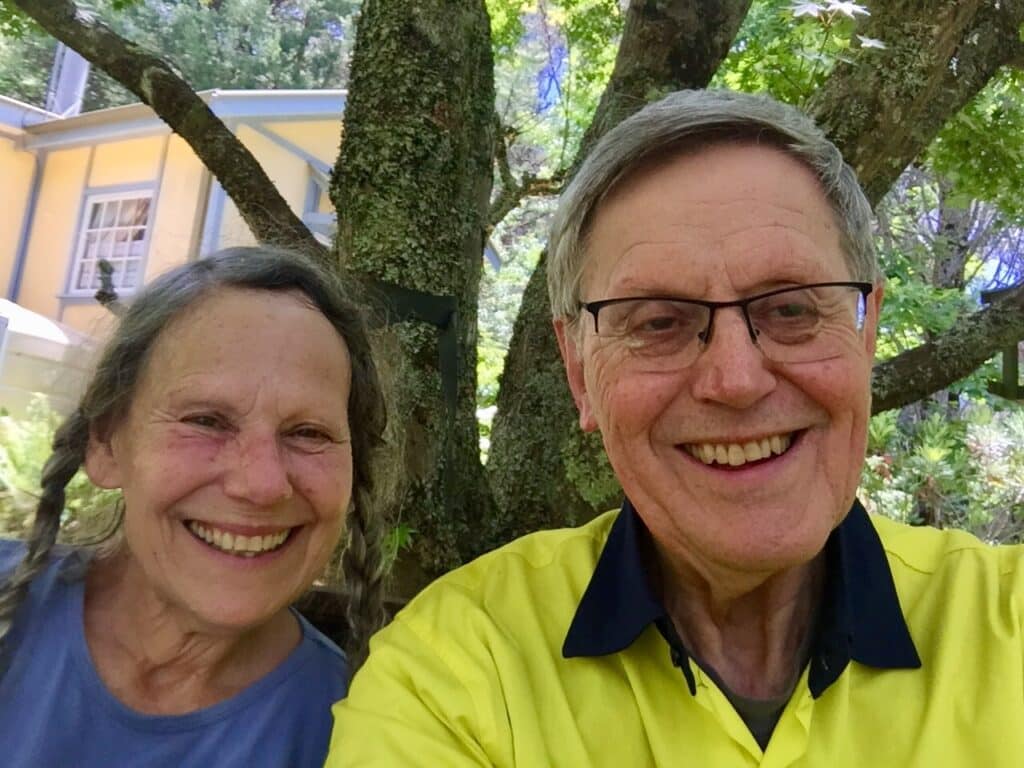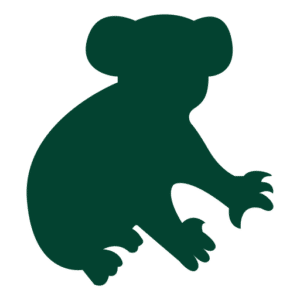Eva and Bill Johnstone are the owners of Allendale, a property situated in Blackheath, approximately 100km west of Sydney, New South Wales. The property is a home, wildlife sanctuary and bush regeneration site, also used for educational purposes. Eva and Bill have established the Allendale Landcare group to restore the property after the Black Summer bushfires, with help from the Greater Sydney Landcare Network and Local Land Services. The property is also protected in-perpetuity by a Conservation Agreement with the Biodiversity Conservation Trust.
Eva and Bill plan to maintain and regenerate the land according to Traditional Owners’ practices and knowledge, and hope to involve the local Darug and Gundungurra groups to learn more about managing the land. They also wish to hold more regular volunteer and community events based on conserving and restoring private lands.
Allendale covers 3.2 hectares in the Upper Blue Mountains, with tall open Blue Mountains Ash (Eucalyptus oreades) forest on the south-east slopes grading down to a hanging swamp bordering the Pope Glen Creek Conservation Area. The north-east side is populated by peppermint gum (Eucalyptus dives) open forest with an understorey of low shrubs, native grasses and forbes, grading into another hanging swamp. The property features three permanent springs which feed the swamps, and there is a sewer easement running through the block. Much of the land was burned in the 2019-20 bushfires but has since regenerated into a different ecological community.
Wildlife is abundant in Allendale, and includes swamp wallabies (Wallabia bicolor), feathertail (Acrobates pygmaeus) and sugar (Petaurus breviceps) gliders, brushtail (Trichosurus vulpecula) and ringtail (Pseudocheirus peregrinus) possums, eastern pygmy possums (Petalura gigantea), antechinuses and microbats.
An array of birdlife is also found on the property, including powerful owls (Ninox strenua), laughing kookaburras (Dacelo novaeguineae), eastern (Platycercus eximius) and crimson (Platycercus elegans) rosellas, king parrots (Alisterus scapularis), gang-gang (Callocephalon fimbriatum) and yellow-tailed black (Zanda funerea) cockatoos, sulphur-crested cockatoos (Cacatua galerita), magpies (Gymnorhina tibicen), pied currawongs (Strepera graculina), eastern yellow robins (Eopsaltria australis), bower birds, wattlebirds and honeyeaters.
Also present are highland copperheads (Austrelaps ramsayi), red-bellied black snakes (Pseudechis porphyriacus), eastern brown snakes (Pseudonaja textilis), various skinks and a range of native frogs, as well as insects including treehoppers and the endangered giant dragonfly (Petalura gigantea). Prior to the bushfires the property was home to many species of native bee, but they have not been seen since.

